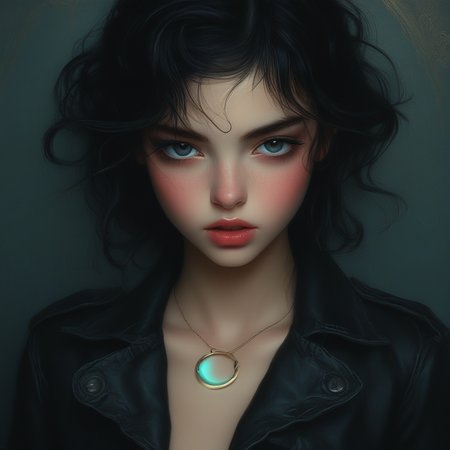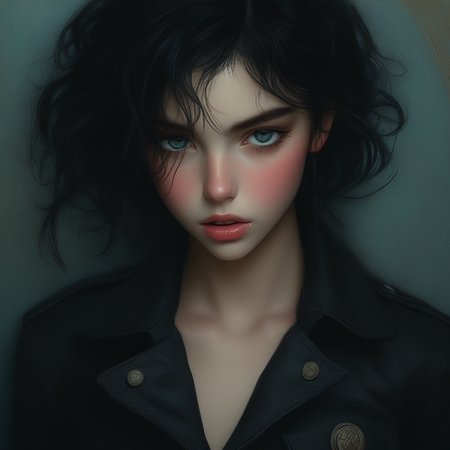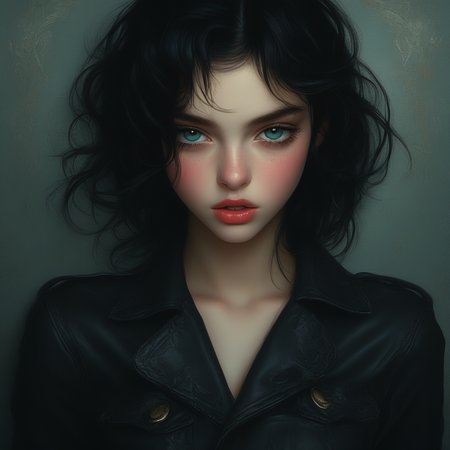This style, characterized by its mysterious, elegant, and slightly gothic aesthetic with deep tones and a touch of sensuality, has several practical applications in the business world. Here’s how it can be leveraged:
1. Branding and Visual Identity
Luxury and Fashion Brands: This style is ideal for brands in the luxury or fashion sectors that want to convey mystery and sophistication. The deep tones and elegant ambiance align with the narrative of exclusivity and high quality.
Beauty and Wellness Brands: Brands in the beauty industry, such as skincare lines or wellness centers, could use this style to evoke a sense of calm, luxury, and artistic refinement, which resonates well with consumers seeking premium experiences.
2. Product Design
Home Decor and Fashion: Products like designer clothing, home textiles, or decorative art pieces could incorporate this aesthetic to enhance their visual appeal and perceived value. The deep tones and elegant details add a unique feel that consumers often associate with higher quality.
Beauty and Wellness: Skincare lines, perfumes, or wellness products could use this style to evoke a sense of calm, luxury, and artistic refinement, which resonates well with consumers seeking premium experiences.
3. Marketing and Advertising
Digital and Social Media: Brands can use this aesthetic in digital campaigns, leveraging platforms like Instagram or Pinterest where visual storytelling is key. The artistic quality of the images can help create memorable, shareable content that stands out in crowded feeds.
Content Marketing: For businesses in the aesthetics or wellness industry, creating blog posts, lookbooks, or video content with this visual style can enhance engagement and build a loyal audience.
4. Specific Industry Applications
Aesthetic Clinics and Salons: These businesses can use this aesthetic in their marketing materials to align with the beauty and refinement their services promise. Before-and-after visuals with an artistic filter could elevate the perceived results.
Art-Related Businesses: Art supply stores, galleries, or art schools could integrate this style into their branding to immediately communicate their connection to the art world.
Why It Works
The aesthetic-usability effect suggests that visually appealing designs are perceived as easier to use and more valuable, even if functionality remains the same. This style’s blend of artistic expression and subtle elegance can create emotional connections with consumers, driving preference and loyalty. Additionally, in a competitive market, unique visual identities help brands differentiate themselves and stay top-of-mind for consumers.


